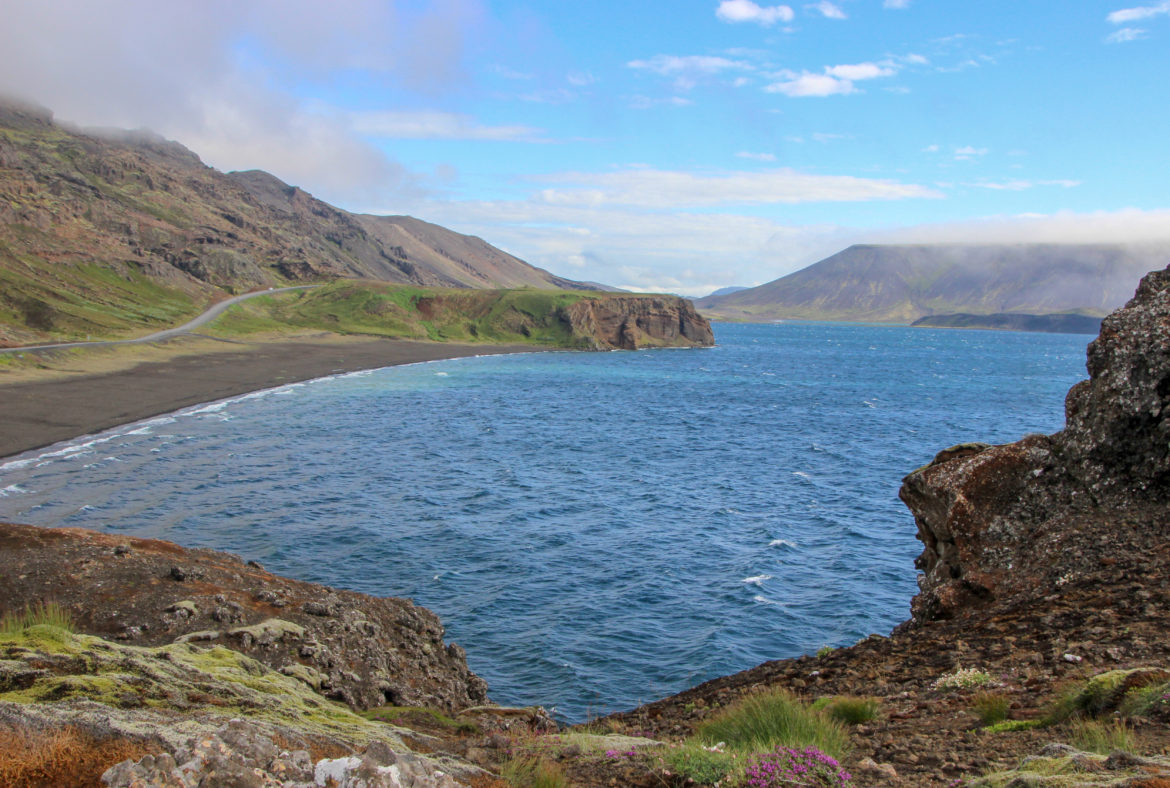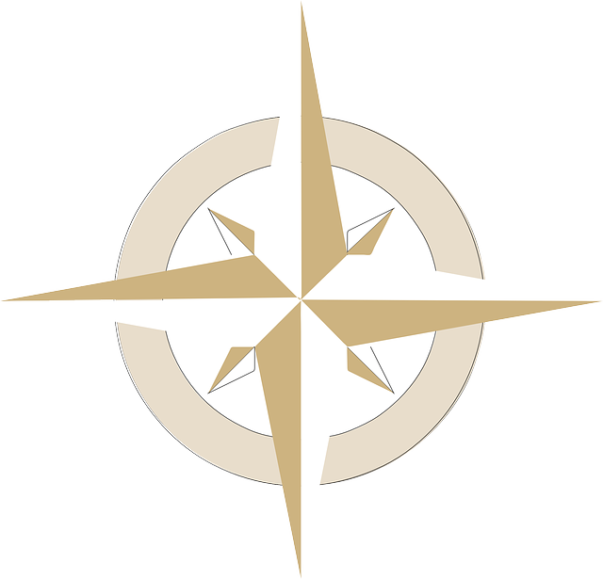Exploring Iceland’s Reykjanes Geopark hotspots takes you on an otherworldly journey. It displays superlative volcanic and geothermal activity, as the only place in the world, where the Mid-Atlantic Ridge is visible above sea level. From 55 sites in the Geopark, I explored the landmark areas, such as, Blue Lagoon, Brimketill Lava Rock Pools, Gunnhuver Geothermal area and Lake Kleifarvatn. Also, I visited the famous Bridges Between Continents. So, read on to learn about this unique destination.
The southwestern peninsula terrain of lava fields is a surreal moonscape of geothermal mystery. Largely made up of tuff mountains and hyaloclastite ridges, the landscapes formed in the subglacial eruptions. These eruptions began in 1000 AD, lasting for 250 years. Active volcanism brews under the surface and vast black lava fields eerily stretch into the horizon. Overall, this is home to numerous types of volcanoes with geological formations, such as, open fissures, faults and Sulphur springs.
Most importantly, the Eurasian and North American tectonic plates meet and are slowly drifting apart on this geothermal island. Plus, even more fascinating, this rare place on earth, where the conversion rises above the sea level is specifically on Reykjanes Peninsula. 90% of the 65,000 km Mid-Atlantic Ridge, encircling the earth dwells below sea level. In other words, the Reykjanes peninsula is part of the 10% area, where the plates visibly meet above the ground. Furthermore, the ridge continues diagonally across Iceland from southwest to northeast.
Icelandic Arctic Thyme
Overall, the plant life is sparse on this terrain. However, be on the lookout for the magenta Icelandic Arctic Thyme sprinkled on the black lava fields. Furthermore, this thyme is known for its antibacterial properties beneficial for cold, cough, flu, sinus, and upset stomachs.
Iceland’s Reykjanes Geopark Hotspots
Blue Lagoon Iceland
This spa destination is the most popular tourist site in Iceland. The Blue Lagoon is man-made from the nearby geothermal power plant, Svartsengi. Furthermore, it supplies the water and renews it every 2 days with warm waters rich in minerals like silica and sulfur. This is what makes the milky blue hues, that are so inviting at temperatures averaging from 99-102 degrees F or 37-39 degrees C. Absorbing the mineral-rich water through our largest organ, the skin, is overall therapeutic for health and longevity.
Also, don’t miss out on the Lava Restaurant’s gourmet cuisine experience. It upholds an outstanding reputation for both the food and unique atmosphere.
Related: Iceland’s Healing Blue Lagoon Highlights
Gunnuhver Geothermal Area
Overall, the Gunnuhver Volcano is amongst the high temperature area of the Reykjanes volcanic system. It’s named after a legendary Ghost, “Gunna”, trapped in the pool by a priest over 400 years ago. In this geothermal area there are also numerous mud springs and steam vents or fumaroles. Furthermore, the temperatures under the springs are over 300 degrees C.
For Geological Nerds like me, here’s the explanation from a sign:
“The mud pools and steam vents (solfataras and fumaroles) on the south facing slope are collectively named Gunnuhver after a female ghost that was laid there. They form where steam from boiling geothermal reservoir water emanates and condenses and mixes with surface water. Accompanying gases such as carbon dioxide and hydrogen sulphide make the water acid. This causes alteration of the fresh lava rock to clay. Steaming of the ground at Reykjanes increased markedly as a consequence of a pressure drawdown in the geothermal reservoir upon the start of production from the reservoir in 2006. Iceland’s largest mud pool at present is prominent, highest up in the Gunnuhver group. It is 20 m wide across a rim of mud, boiling vigorously. “
Brimketill Lava Rock Shoreline
Along the craggy, black lava shoreline of this area is the nature made pool named Brimketill. This natural basin-like shape was formed by coastal erosion, filling with seawater. Also, Brimketill translates to ‘whitewater cauldron.’ However, historically, it was known as Oddny’’s Pool, named after a folkloric troll.
Caution: Even though people swim in this pool, remember, the water is cold, rocks very slippery and the tide can sweep you away. Need I say more?
Kleifarvatn Lake – Iceland’s Reykjanes Peninsula Hotspots
As the largest lake on the peninsula, it’s located on the fissure zone of the Mid-Atlantic Ridge. The lake’s greatest depth is 97 m. Also, the lake started to diminish after the 2000 earthquake with 20% loss of surface. Another unique thing about this lake is that most of its water comes and leaves underground. Thus, water coming and going is not visible.
Bridge Between the Continents at Sandvik
Even though it doesn’t look like much here, this hotspot is geologically monumental. Moreover, the colossal Eurasian and North American plates simply connect by a small bridge over the fissure. Therefore, geology displays here the theory of continental drift. For example, this fissure emerges from tension pent up as the plates move away from each other. Iceland is slowly being pulled in two at a rate of 2.5 cm per year. In other words, the mid-Atlantic ridge is pulling apart the North American and Eurasian tectonic plates. Also, don’t miss the unique opportunity to cross the continental divide on Leif the Lucky’s Bridge, as seen in my above photo.
The Svartsengi Power Station’s Gjain Visitor Centre
Finally, this is a great stop to end the day. The Svartsengi Power Station “Black Meadow” is a geothermal power plant. Its Gjain Visitor Centre explains the geological history. Furthermore, it tells how the geothermal energy supplies the nearby Blue Lagoon and the Icelandic population.
Iceland is a pioneer and model of a sustainable future. Harnessing their geothermal and hydropower, almost 85% of Iceland’s primary energy needs are met with its own renewable resources.
Overall, Iceland’s Reykjanes Geopark Hotspots
The Reykjanes Peninsula is an apocalyptic, lunar landscape that awes anyone who comes here. Its unique terrain and geological formations are a surreal glimpse at the unfathomable power of Mother Nature. Even more, experiencing this wonder is why we travel, to gain humility and wisdom.
Read More!
Ultimate Iceland Itinerary – Golden Circle Tour & Horse Show
Picturesque Reykjavik, Iceland Travel Guide & Highlights
Incredible Grundarfjordur Highlights – Iceland’s Most Photographed Area












